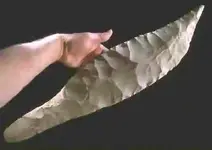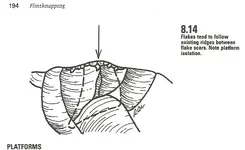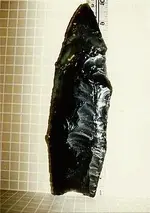RutzClovis
Greenie
Hello all!
I've been asked to post a thread regarding an item in my possession called the Rutz Clovis, my family is in the process of deciding what to do with the piece and we're looking for information since we've basically not a clue where to start besides some old letters from Gramly, among others. I'd also like to know what pictures to take, what notes to gather, whatever you would be interested I'm going to try to answer and hopefully in the process have the thing well documented as well (personally) as learn more about the subjects of knapping, arrowheads, and the Clovis points in particular.
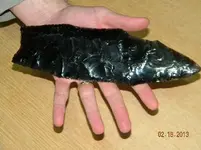
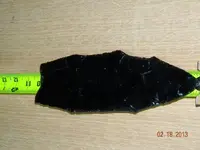
I've been asked to post a thread regarding an item in my possession called the Rutz Clovis, my family is in the process of deciding what to do with the piece and we're looking for information since we've basically not a clue where to start besides some old letters from Gramly, among others. I'd also like to know what pictures to take, what notes to gather, whatever you would be interested I'm going to try to answer and hopefully in the process have the thing well documented as well (personally) as learn more about the subjects of knapping, arrowheads, and the Clovis points in particular.


Amazon Forum Fav 👍
Upvote
0




 Look at the size of that thing. A very special artifact...
Look at the size of that thing. A very special artifact...